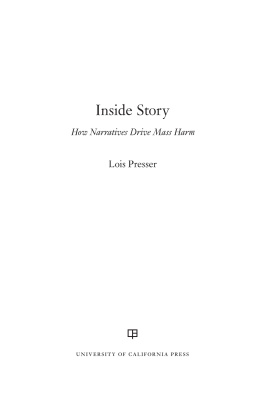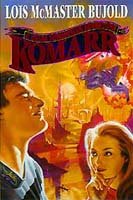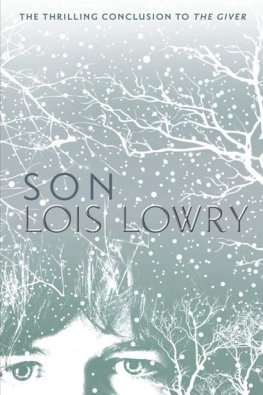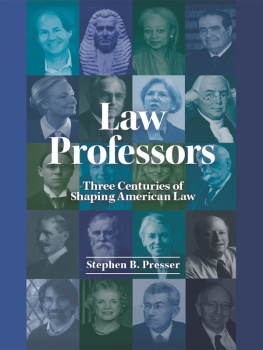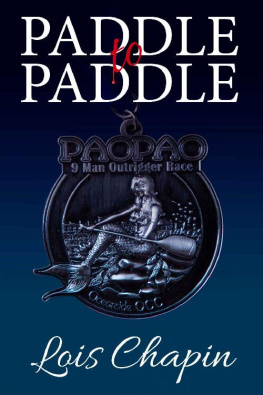Foreword
BRUCE A. ARRIGO
Ethnographic studies of dangerous men have generally taken us behind bars. Erving Goffmans (1961) arresting critique of the confinement setting as a generative milieu for the exercise of power helped to spawn a series of monograph-length works recounting life, death, and survival behind prison walls (e.g., Jacobs 1978; Sykes 1971; Toch 1977). A second wave of penological analysis, still concerned with everyday experience behind bars, challenged the correctional system as an extension of the states regulatory ambit. For example, Irwins (1970, 1985) studies of the felon and the jail respectively ushered in a new era of incisive commentary. Crime control as industry was understood to function as a gulag (Christie 1993), and the American corrections project generally was recognized as one of doing harm (Clear 1994).
More recent studies have continued the insider tradition of penological inquiry. To illustrate, investigations documenting the life of confined convicts (e.g., Hassine 2007; Santos 2006) form part of what now is termed convict criminology (Ross and Richards 2002), in which the full effects of societys mass imprisonment binge are made abundantly clear (Garland 2004). Among other things, we have sacrificed racial minorities (Mauer 2006), women (Bloom, Owen, and Covington 2003), the mentally disabled (Haney 2006), juveniles (Bortner and Williams 1997), families (Mauer and Chesney-Lind 2003) and even economically depressed neighborhoods (Clear 2007) at the altar of a politically ensconced corrections agenda.
The harm that offenders did or might do in the future remains the official but widely accepted justification for mass incapacitation. The flaws of mass incapacitation are forgiven so long as offenders cannot or do not make good (Maruna 2001). Cynically or not, we expect offenders to reclaim their lives, and they strive to do the same. Theirs is perhaps the more complex effort, for it includes resisting the terms in which reclaiming ones life have been circumscribed (Bosworth 1999). Resistance takes place behind but also, significantly, beyond metal bars and electronic fencesin stories and vocabularies for storying personhood, manhood, harm, violence. It is at this juncture that we confront the brilliant new volume, Been a Heavy Life: Stories of Violent Men, by Lois Presser.
As the author herself notes, it is not enough to document the stories of convicts. We must understand how these stories are assembled in the social and institutional world, to grasp both the offenders struggles and the operation of the political economy of criminalization and criminal justice. We must recognize the socially mediated construction of personhoodof who the convict isthrough a methodology that builds on the insights of labeling theory (e.g., H. Becker 1963; Lemert 1967), symbolic interactionism (Cooley 1902; Mead 1934; see also Blumer 1969; Stryker 1980), neutralization studies (e.g., Maruna and Copes 2005), and discourse analysis (Arrigo, Milovanovic, and Schehr 2005; Holstein and Gubrium 2000). This is an approach that stresses the value of reflexivity (Bourdieu and Wacquant 1992) and the co-production of historically specific meanings (Henry and Milovanovic 1996).
In her thoughtfully researched, skillfully interpreted, and thoroughly engaging study, Presser gives us this much needed view of the violent offenders narrated, situated identity. Embedded in these narratives are statements about the possibility of being a good self. Perhaps most illuminating is the discussion of the reformist tale ( and internal and external morality struggles). Each of these analytic descriptions provides considerable breadth and depth to the theoretical and methodological foundations of this book. Presser understands that narrative is inevitably influenced by others, including by the researcher. It is tied to narration, hence context. And, in this respect, perhaps her work is consistent with the somewhat auto-ethnographic accounts of Liebow (1967), Griffin (1960), and Rhodes (2004). To be clear, this orientation only magnifies the texturing of Pressers inquiry and the eloquence of her insights.
In the final chapter, the author revisits her persuasive thesis that violent men are ever under construction, discursively and practicallyby those men who do violence and by those who profit from their control. Given the power of (belief in) narrative, heroic stories in which prospects for change and possibilities of redemption are seeded in the struggle to overcome (Nietzsche 1968) may be criminogenic.
But how shall we characterize the struggle to remain human, all too human, despite marginalizing and alienating characterizations, if not in heroic terms (Nietzsche 2006)? In the realm of penologyespecially behind the walls of silence that contain and engulf the offenders structures of sufferinghumanity requires sound policy, sensible practice, and steadfast activism. This is the agenda to which Presser purposefully redirects our collective attentions, inviting us to rethink those conditions that oppress and deny the humanness of us all. To do otherwise imprisons the self, whether physically confined as such or, equally as profound, psychologically held captive. This is the deplorable state of our freedoma state in which we, regrettably, erect nothing more than debilitating mechanisms of escape from society, from others, and, ultimately, from ourselves (Fromm 1994). Pressers volume is a fascinating assessment of how convicts (and society more generally) can indeed overcome such devastating suffering.
Acknowledgments
A great many people made this book possible. My helpers are dear friends and teachers: Bruce Arrigo, Deidre Ashton, Julia Chu, Todd Clear, Marilyn Croman, Reuben Danzing, Rob Danzig, Russel Durst, Eric Field-man, Bernadette Fiore, Emily Gaarder, Elaine Gunnison, Cyndi Hamilton, Brooke Judkins, Miriam Levering, David Lundgren, Bernice Mahler, Shadd Maruna, Paul Mazerolle, Kumiko Mitarai, Judy Montville, Caroline Nicholl, Sharyn Roach Anleu, Michelle Rosen, Joyce Sacco, Suhith Wickrema, and Anthony Zitrin. They include my financial supporter, the Office of Research and Advanced Studies at the University of Cincinnati, and my intellectual partners in the Department of Sociology at the University of Tennessee.


 This book is printed on acid-free paper.
This book is printed on acid-free paper.
